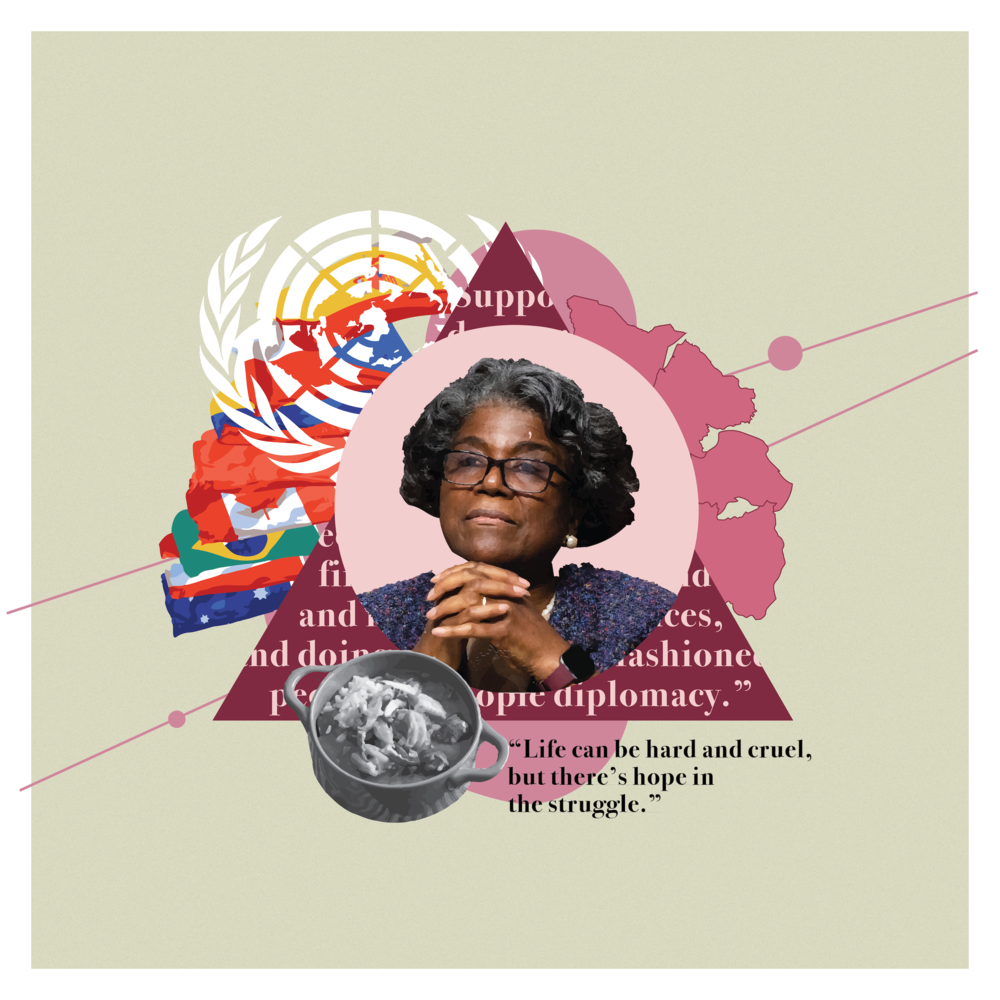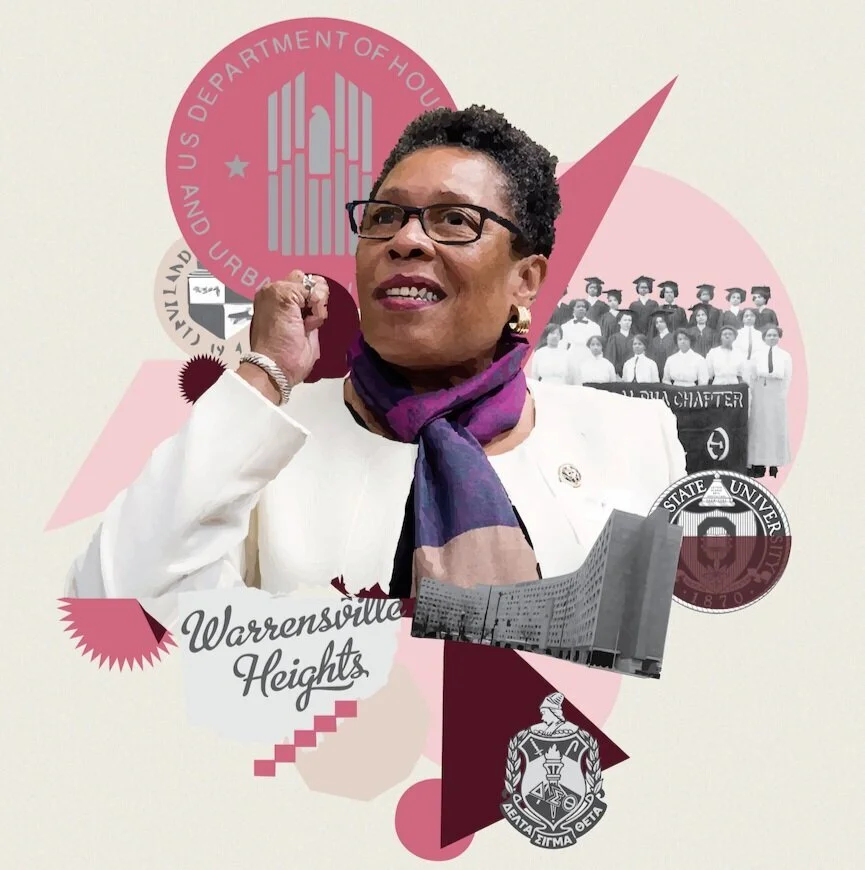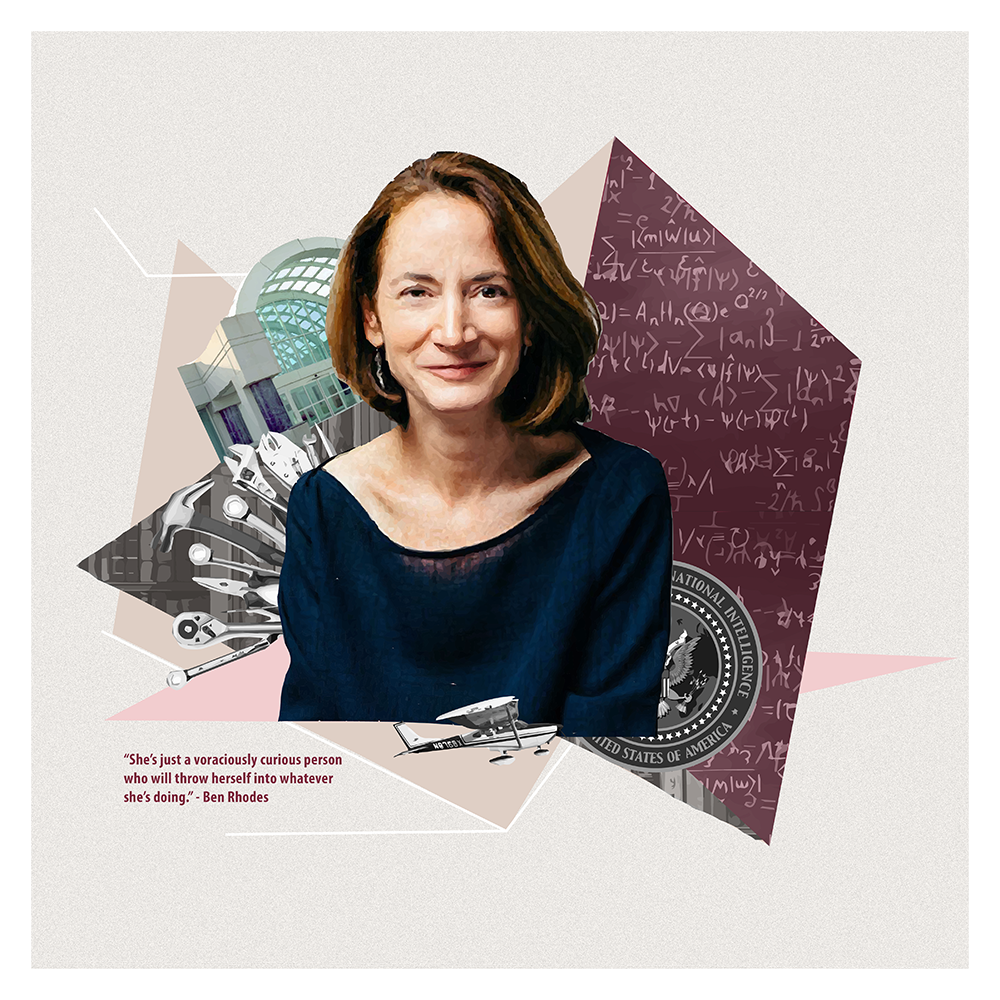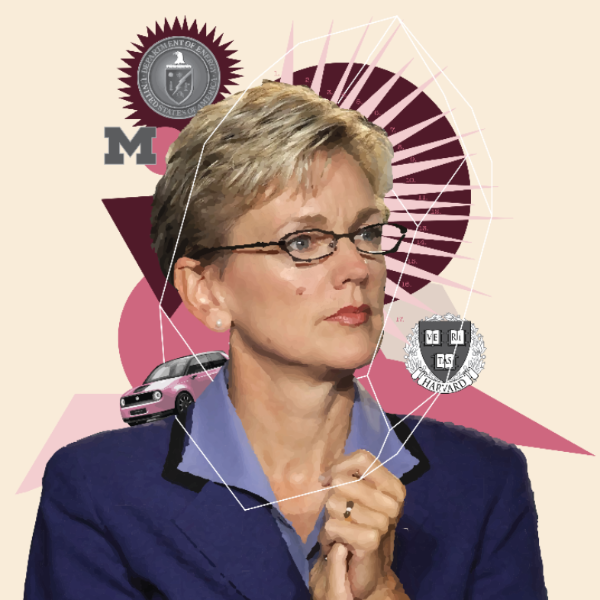Be sure to sign up for Pat's List to get Journal updates like this one delivered straight to your inbox.
Photo courtesy of Sundance
Next week, along with thousands of film fans from all over the world, I will be packing coats, boots, hats and gloves and heading to Utah—not to ski (I gave that up a few years ago), but to be part of what has become one of the most popular, highly sought after experiences: The Sundance Film Festival.
I’ve been going to the festival since 1994, and in those early days, it was an entirely different kind of scene than it is today when around 50,000 people converge over ten days on the small, former mining town of Park City, Utah.
With Robert Redford
In the early days, Robert Redford—who is the founder of both the festival and the Sundance Institute—would walk up and down Main Street, urging patrons in bars and restaurants to buy a ticket to a screening. Today, the ticket packages sell out within hours. People travel from every corner of the globe to be among the first to see what the festival's curators have determined are the best independent narrative and documentary films, selected from nearly 11,000 submissions.
In the past few years, as Sundance has become more and more the place to "see and be seen," and as independent film has become more mainstream, more Hollywood celebrities can be seen walking up and down Main Street. And when celebrities arrive, so do the paparazzi, as well as corporate marketers pushing free products (aka "swag"). In spite of efforts to keep the festival from becoming too much of a "market," agents, studio executives and distributors are present in large numbers, too, bidding for rights to the next “Whiplash” or “Beasts of the Southern Wild"—to name just two of the many films that launched at Sundance before becoming box office successes and winning major industry awards.
Hosting an event at last year's festival (photo by Matt Hayward)
I’ve been on the board of the Sundance Institute since the mid-nineties, and now serve as chair. So it’s important to me that festival goers understand that the success of the film festival supports the larger work of the Sundance Institute and its year-round labs, training and mentoring programs that nurture, support and mentor independent artists and storytellers.
Most of those programs take place at the Sundance resort. So why isn’t the film festival that is named "Sundance" held at the place called Sundance? That’s a question I am often asked. In fact, the festival can be experienced at the Sundance Resort, which is a 45-minute drive from Park City, but there’s only one small screening room there for daily screenings; by contrast, in Park City, there are multiple theaters, plus a library and a temple offering screenings from morning to midnight. Films are also screened in nearby Salt Lake City, Ogden and Provo.
If you can’t get to Utah, you can still experience the festival from home with live event screenings and more. There's also an app that will notify you when films from the festival are showing near you.
Learn more about the opportunities Sundance provides for artists
Another question I'm often asked when someone learns I'm the chair of the Sundance Institute board is whether I can help get a particular film into the festival. No, I do not have any influence or say about what films get selected to be screened. It's essential to the festival's editorial integrity that all programming decisions be made by an experienced curatorial staff without the input or influence of the board.
Looking back over the more than two decades of the film festival and the nearly 30 years of the Sundance Institute’s programs, it’s clear that many of the themes, the discoveries, the perspectives and the ideas developed at the Institute or premiered at the festival have made a difference—adding to the cultural dialogue, launching new talent and ideas, and growing an audience for independent thinking and work.
Filmmakers including Jane Fonda, Greta Gerwig, Kristen Wiig, Lesley Headland, Mindy Kaling, Ava DuVernay amongst other discuss the importance of female voices at the 2015 Sundance Film Festival. Learn more about what Sundance is doing to support women filmmakers.
And that is why the festival matters—beyond the parties and the hype and even beyond the few careers that have been launched there, or the Academy-Award-winning films that were first seen there. Sundance matters because its commitment to diversity and to opening doors for new talent has increased the numbers of women directors getting films on screens, and strengthened the opportunities for writers, directors, and producers from all backgrounds to be innovative, to take risks, and to get their stories heard and seen.
I’ll be adding a few stories of my own during the ten days of the festival this year. Follow me on Twitter, Facebook and my brand-new Instagram account, and be sure to subscribe to my email newsletter.
With gratitude for independent voices everywhere—
Pat











